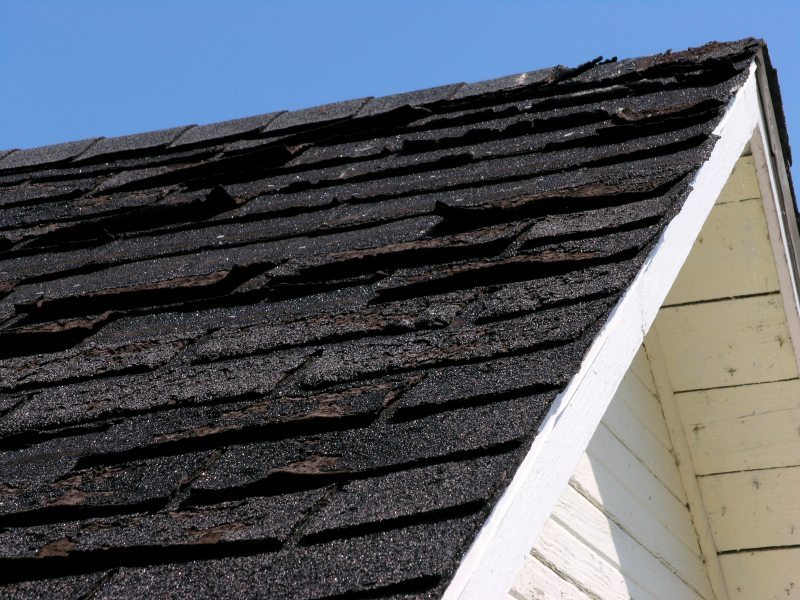Not all roofs are created equal. Depending on your needs you may want to use different materials for your roof. There are pros and cons to all of the standard materials. It can affect the cost, weight, and how it is installed. Here is a handy guide from Bob Vila that breaks down some of the different roofing products that can be used.
Materials
Not every roofing material can be used on every roof. A flat roof or one with a low slope may demand a surface different from one with a steeper pitch. Materials like slate and tile are very heavy, so the structure of many homes is inadequate to carry the load. Consider the following options, then talk with your designer and get estimates for the job.
Asphalt Shingle
This is the most commonly used of all roof materials, probably because it’s the least expensive and requires a minimum of skill to install. It’s made of a fiberglass medium that’s been impregnated with asphalt and then given a surface of sand-like granules. Two basic configurations are sold: the standard single-thickness variety and thicker, laminated products. The standard type costs roughly half as much, but laminated shingles have an appealing textured appearance and last roughly half as long (typically 25 years or more, versus 15 years plus). Prices begin at about $50 a square, but depending upon the type of shingle chosen and the installation, can cost many times that.
Wood
Wood was the main choice for centuries, and it’s still a good option, though in some areas fire codes forbid its use. Usually made of cedar, redwood, or southern pine, shingles are sawn or split. They have a life expectancy in the 25-year range (like asphalt shingles) but cost an average of twice as much.
Metal
Aluminum, steel, copper, copper-and-asphalt, and lead are all durable—and expensive—roofing surfaces. Lead and the copper/asphalt varieties are typically installed as shingles, but others are manufactured for seamed roofs consisting of vertical lengths of metal that are joined with solder. These roofs start at about $250 per square but often cost two or three times that.
Tile and Cement
The half cylinders of tile roofing are common on Spanish Colonial and Mission styles; cement and some metal roofs imitate tile’s wavy effect. All are expensive, very durable, and tend to be very heavy.
Slate
Slate is among the most durable of all roofing materials. Not all slate is the same—some comes from quarries in Vermont, some from Pennsylvania and other states—but the best of it will outlast the fasteners that hold it in place. Hundred-year-old slate, in fact, is often recycled for re-installation, with the expectation it will last another century. But slate is expensive—typically prices start at about $800 a square—and very heavy.

